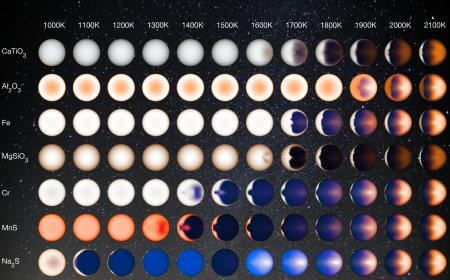Schiaparelli landing apparently a failure
This report from russianspaceweb.com provides some details about the apparent landing failure of the European Mars probe Schiaparelli on Wednesday.
The very preliminary analysis of the data revealed a number of serious problems in the final phase of the parachute descent. The telemetry showed that the back heat shield holding the parachute had been ejected earlier than scheduled — 50 seconds instead of 30 seconds before the touchdown. Also, the lander was apparently descending at a speed higher than planned. There were also indications that the soft-landing engines had fired for only three or four seconds and all communications from the lander were cut 19 seconds later, or shortly before touchdown. By that time, Schiaparelli’s landing radar had been activated.
It appears the parachutes were released too soon so that they did not function properly and slow the spacecraft down enough. When the retro-rockets fired the spacecraft was probably also closer to the ground than planned and falling too fast, so they failed to stop it from impacting the surface hard and prematurely.
This report from russianspaceweb.com provides some details about the apparent landing failure of the European Mars probe Schiaparelli on Wednesday.
The very preliminary analysis of the data revealed a number of serious problems in the final phase of the parachute descent. The telemetry showed that the back heat shield holding the parachute had been ejected earlier than scheduled — 50 seconds instead of 30 seconds before the touchdown. Also, the lander was apparently descending at a speed higher than planned. There were also indications that the soft-landing engines had fired for only three or four seconds and all communications from the lander were cut 19 seconds later, or shortly before touchdown. By that time, Schiaparelli’s landing radar had been activated.
It appears the parachutes were released too soon so that they did not function properly and slow the spacecraft down enough. When the retro-rockets fired the spacecraft was probably also closer to the ground than planned and falling too fast, so they failed to stop it from impacting the surface hard and prematurely.



